Rome, Italy, is a city with a rich history and a diverse array of neighborhoods and districts, each with its own unique character and charm. Here is a brief description of some of the major districts and neighborhoods in Rome:
- Historic Center (Centro Storico):
- This is the heart of Rome and home to many iconic landmarks, including the Colosseum, Roman Forum, and the Pantheon.
- Piazza Navona is famous for its Baroque architecture and vibrant atmosphere.
- The Trevi Fountain is a popular tourist destination for making a wish by tossing a coin into the water.
- Trastevere:
- Known for its narrow, winding streets and lively atmosphere.
- It’s a hub for nightlife, with numerous bars, restaurants, and live music venues.
- Trastevere maintains a bohemian and artistic vibe.
- Vatican City:
- A city-state within Rome, known for St. Peter’s Basilica, the Vatican Museums, and the Sistine Chapel.
- It’s the center of the Catholic Church and a major pilgrimage site.
- Monti:
- A hip and trendy neighborhood with a mix of vintage shops, art galleries, and unique boutiques.
- Home to the Basilica di Santa Maria Maggiore and the Roman Forum.
- Campo de’ Fiori and Ghetto:
- Campo de’ Fiori is a bustling market square by day and a nightlife hotspot by night.
- The nearby Jewish Ghetto is known for its history, delicious Roman-Jewish cuisine, and the Synagogue.
- Testaccio:
- Famous for its food scene, including the Testaccio Market, where you can sample traditional Roman dishes.
- Once an industrial area, it has transformed into a cultural and culinary hub.
- Aventino and Testaccio:
- The Aventine Hill is a quiet residential area with beautiful gardens, including the Orange Garden (Giardino degli Aranci) with a stunning view of St. Peter’s Basilica.
- Testaccio is known for its food markets and vibrant nightlife.
- Esquilino and San Giovanni:
- Home to the Basilica di San Giovanni in Laterano, one of the city’s major basilicas.
- Esquilino is known for its diverse population and ethnic eateries.
- Parioli:
- A prestigious residential area with tree-lined streets and elegant buildings.
- It’s a quieter district away from the tourist crowds.
- EUR (Esposizione Universale di Roma):
- A planned district created for the 1942 World Exposition (which never took place).
- Known for its rationalist architecture and modern design.
- Ostiense:
- A vibrant district with a thriving street art scene and a young, creative crowd.
- Home to the Centrale Montemartini, a museum set in an old power plant.
These descriptions only scratch the surface of Rome’s diverse neighborhoods and districts. Each one offers a unique blend of history, culture, and atmosphere, making Rome a city that has something to offer for every type of traveler or resident.

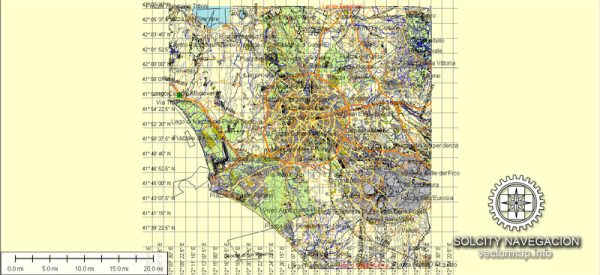
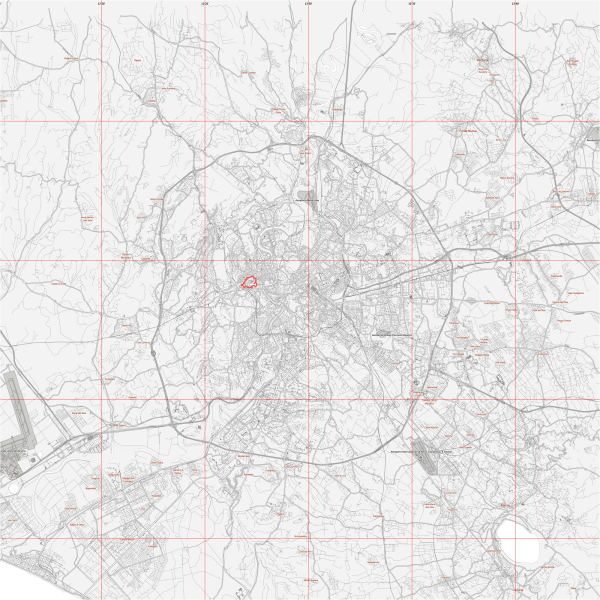
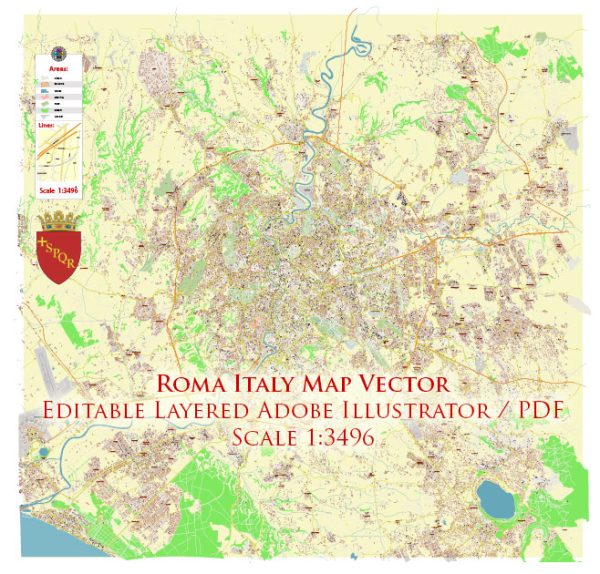
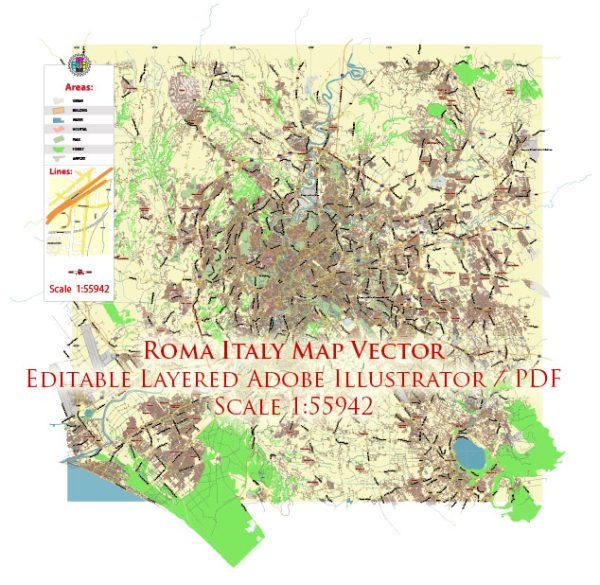
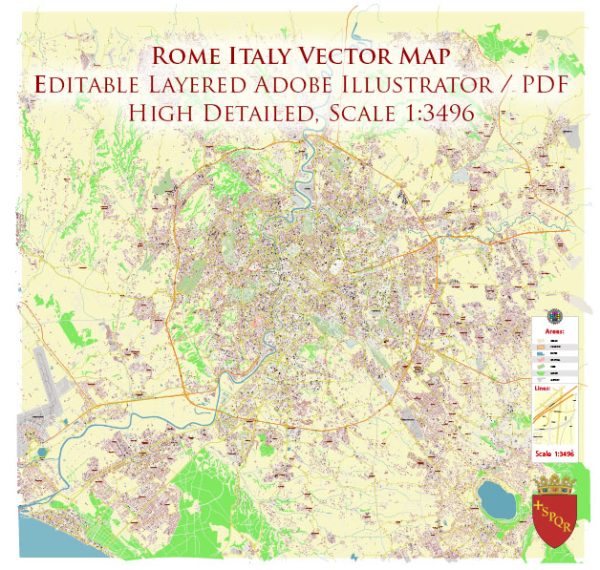
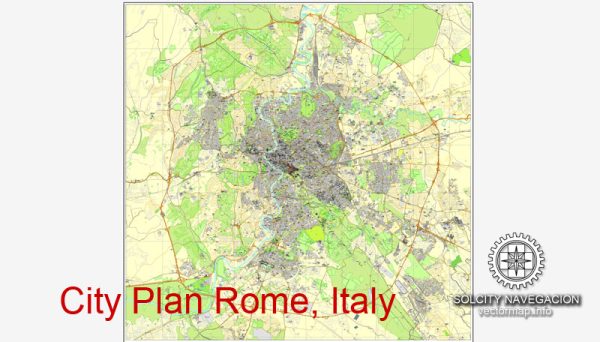
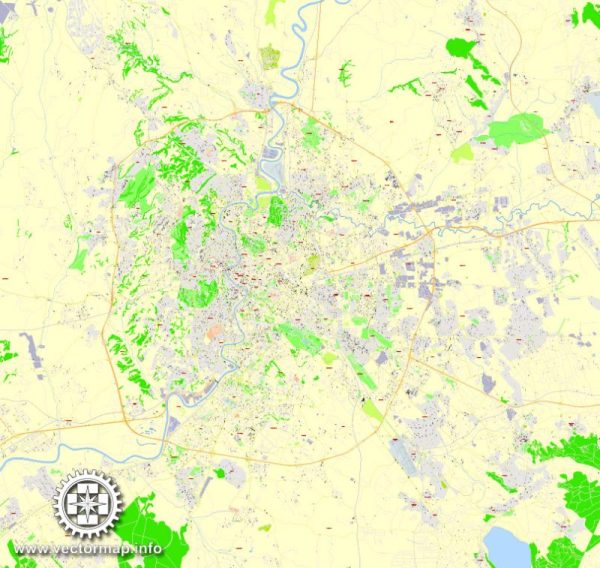
 Author: Kirill Shrayber, Ph.D.
Author: Kirill Shrayber, Ph.D.